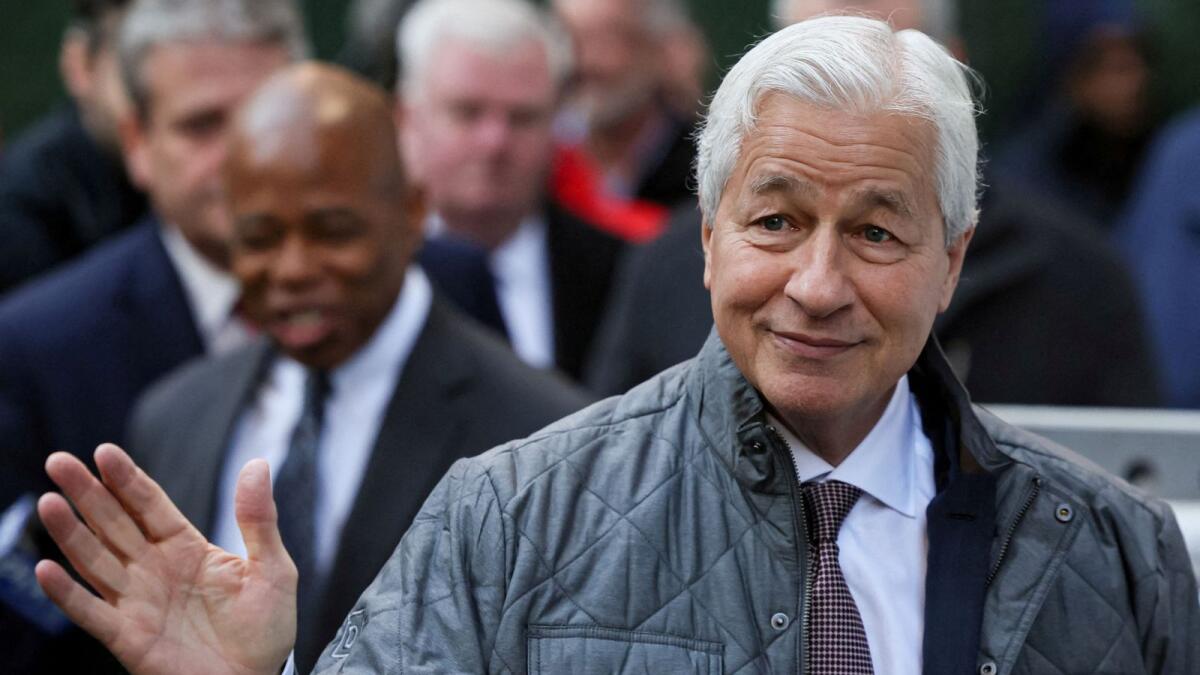Jamie Dimon, the chairman and CEO of JPMorgan Chase, has been at the helm of the bank for 18 years and is considered one of the most influential figures in corporate America. Speculation surrounding his successor and the potential impact on the bank’s stock price has been a topic of discussion among analysts and investors. It is estimated that the bank’s shares currently reflect a “Jamie premium” of 10 to 15 percent, which could diminish when Dimon eventually leaves his position.
The looming departure of Dimon could result in a $90 billion decline in market capitalization for JPMorgan, according to some estimates. The premium attached to his leadership is expected to vary based on how the succession process unfolds. Analysts suggest that if the transition is sudden, the decline in stock value could be more significant compared to a well-planned and gradual succession plan.
Dimon’s leadership has been associated with the bank’s steady performance and lack of major regulatory issues. The “Jamie premium” has increased in recent years, reflecting the market’s confidence in his leadership. With Dimon announcing a potential stepping down timeline of as soon as two-and-a-half years, succession planning has become a key focus for JPMorgan Chase’s board and CEO.
Despite the potential impact on the bank’s stock price, Dimon is credited with leading JPMorgan to become the largest bank in the US by assets in 2008, following the acquisition of Washington Mutual during the financial crisis. He is also the only CEO among the six largest US lenders to have navigated the crisis. Dimon’s emphasis on proactive succession planning and avoiding management drama align with his approach to leadership.
A cadre of qualified executives has been identified as potential successors to Dimon, including Jennifer Piepszak, Troy Rohrbaugh, Marianne Lake, and Mary Erdoes. The possibility of a female CEO at JPMorgan, following the appointment of Jane Fraser at Citigroup, has also been considered. The bank’s deep bench and succession planning efforts aim to ensure a smooth transition when Dimon eventually steps down.
The departure of a key figure like Dimon can have a significant impact on a company’s stock performance, as seen in the example of Apple founder Steve Jobs. However, with a strong leadership bench and a focus on maintaining operational excellence, JPMorgan aims to mitigate any disruptions that may occur post-Dimon. The bank’s positive financial outlook and performance under Dimon’s leadership have been key drivers of its stock performance and market confidence.
In conclusion, the succession planning process at JPMorgan Chase is closely monitored by investors and analysts, given the potential impact on the bank’s stock price and performance. Dimon’s long-standing tenure and successful leadership have solidified his position as a key figure in the banking industry. As the board focuses on identifying potential successors and ensuring a smooth transition, the market will continue to observe how this key leadership change unfolds in the coming years.











